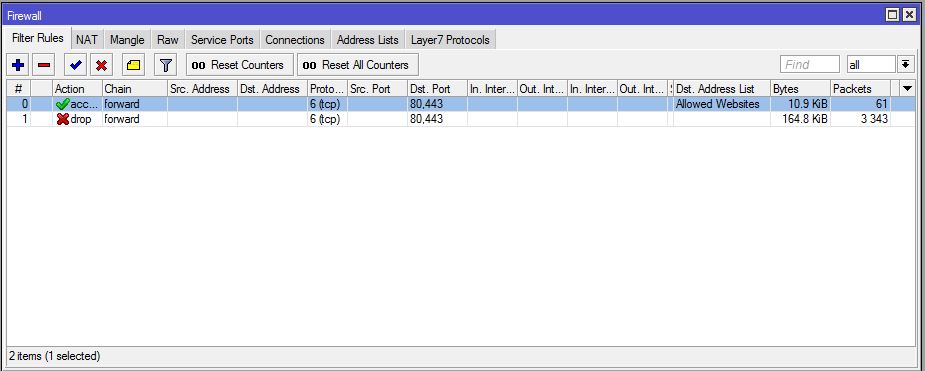
(If you might have some pointer for me, it would be appreciated). *Due to that, I have no choice but to run DNS and DHCP apart from one another. The remote site has to continue with operations as and when it can. We have such an unstable power grid at this very moment, on the bad days we are experiencing rolling blackouts of up to 8 hours per day split into 2 or 4 separate schedules hence I need to use a secondary for the in-case when the blackouts hit.

Depending on the amount of domain members and latency to the remote site, you could even consider running an Additional Domain Controller with Zentyal remote side.Typically DHCP & DNS run tightly integrated, especially in an AD environment, where DHCP informs DNS re your dynamic hosts. Even then name resolution within your domain will still be sub-optimal if the DHCP server is separated from the DNS server.

You can certainly run AD DC (Zentyal or Windows) behind a VPN but just be aware that, specifically domain members, are going to need the DC as their primary (preferably only) DNS server.I don’t want to discourage you from using Zentyal in the manner you describe, just to be aware of some of the hurdles you’ll encounter:.I have the ability to access the server on my pfSense native vLAN1 throught my entire network behind pfSense BUT I am unable to access the 192.168.30.0/24 network from the remote site.īlock/Allow Prorocol Source Port Destination Port Gateway.I have a server that I need to access the vLAN30 range behind pfSense.WireGuard setup and established between pfSense and Mikrotik.

The remote site is running a Mikrotik router. I am running pfSense in my own enviroment.


 0 kommentar(er)
0 kommentar(er)
